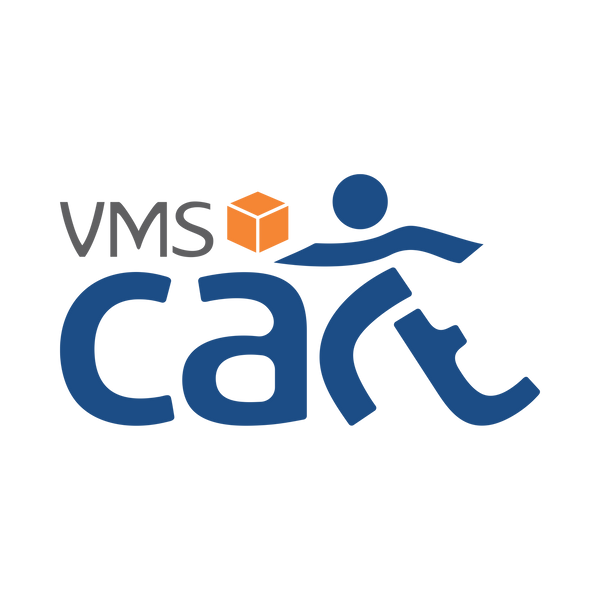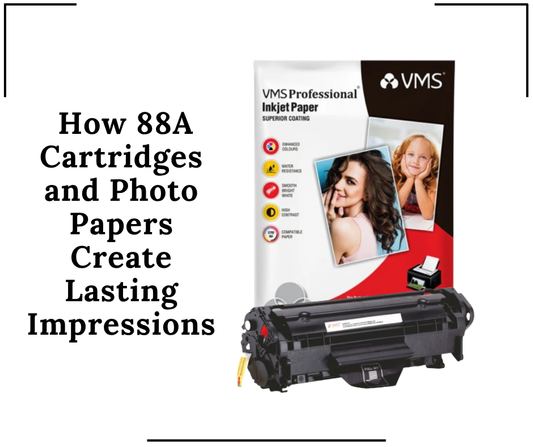In the healthcare industry, documentation isn’t just administrative, it's critical. From patient records and prescription sheets to operation protocols and safety instructions, every piece of paper can hold life-saving information. But amidst constant handling, environmental exposure, and regulatory scrutiny, these essential documents are at risk of damage, wear, and misinterpretation.
Enter the lamination machine, a simple yet powerful tool that is quietly transforming medical documentation standards in hospitals, diagnostic centers, clinics, and laboratories. Far beyond basic office use, lamination in healthcare environments ensures compliance, hygiene, longevity, and security.
1. The High-Stakes Nature of Medical Documentation
Unlike other industries, healthcare deals with information that is both sensitive and critical. Whether it's a patient's allergy list displayed beside a bed or emergency evacuation procedures pinned to a corridor wall, documents must be:
- Legible at all times
- Resistant to liquids and contaminants
- Durable for long-term reference
- Tamper-proof and secure
Paper, by default, is none of these things. Lamination fills this gap with a protective shield that ensures clarity and integrity even in high-contact environments.
2. Why Lamination Machines Belong in Every Healthcare Facility
The value of lamination machines in healthcare lies in their ability to transform fragile paper into sterile, professional, and long-lasting resources. Let’s break down the benefits:
✅ Infection Control & Hygiene
Hospitals and clinics follow strict hygiene protocols, especially in critical care areas. Laminated documents can be easily sanitized and wiped down without the risk of ink smudging or paper deterioration, something that’s impossible with standard paper.
Use case: Laminate handwashing protocols, COVID-19 SOPs, or patient care instructions in ICUs to prevent cross-contamination.
✅ Improved Durability in High-Traffic Zones
Documents in waiting areas, emergency rooms, and nurses’ stations undergo constant handling. Lamination protects them from tearing, staining, and folding, ensuring they maintain their integrity throughout heavy usage.
Use case: Laminate appointment guides, ward directories, or signage for patient navigation.
✅ Waterproof & Chemical-Resistant
In labs and operating theaters, documents can be exposed to water, disinfectants, alcohol-based solutions, and more. Laminated sheets remain unaffected by spills, making them ideal for volatile and fast-paced environments.
Use case: Laminate chemical handling instructions or biohazard safety protocols near lab benches.
✅ Visual Clarity & Professional Presentation
Laminated materials offer a glossy or matte finish, enhancing readability and giving a clean, professional look. This becomes especially important in patient-facing materials, where first impressions and trust are essential.
Use case: Laminate consent forms, patient feedback signs, or promotional healthcare leaflets.
3. What Should Be Laminated in a Healthcare Setting?
Here’s a breakdown of common hospital documents that benefit from lamination:
- Bedside care charts & medication schedules
- SOPs and emergency protocols
- Doctor schedules and duty rosters
- Patient rights & responsibilities posters
- Visitor guidelines and safety signage
- Laboratory equipment usage instructions
- Floor plans and fire exit routes
- Rehabilitation exercise charts
- Infection control notices
- Reception and billing instructions
By laminating these documents, facilities ensure longevity, clarity, and compliance without having to print replacements constantly.
4. Choosing the Right Lamination Machine for Medical Use
Not all laminators are suited for hospital-grade environments. When choosing a machine, consider these features:
✔ High-Speed Output
Hospitals may require bulk lamination during onboarding periods or new safety protocol rollouts. Choose a lamination machine that supports fast throughput without sacrificing quality.
✔ Temperature Control
For temperature-sensitive materials like certain ink types or medical diagrams, a machine with adjustable heat settings ensures the paper remains undistorted.
✔ Support for Different Sizes
From ID cards to A3 posters, medical institutions use varied paper formats. Opt for a machine that accommodates multiple sizes.
✔ Heavy-Duty Durability
In demanding environments like healthcare, go for laminators designed for frequent, industrial-grade usage with minimal maintenance.
5. Lamination as a Compliance Tool in Healthcare
Laminated documents help hospitals and clinics meet regulatory compliance standards. From HIPAA signage to fire exit plans, laminated sheets ensure that required information is visible, secure, and audit-ready.
This becomes particularly valuable during inspections, certifications, and accreditation assessments (e.g., NABH, JCI), where clarity and accessibility of information are key evaluation criteria.
6. Sustainable Use of Lamination in Healthcare
One concern with lamination is plastic waste. However, modern healthcare institutions can adopt eco-conscious practices by:
- Using recyclable lamination films
- Laminating only frequently-used documents
- Replacing paper posters with reusable laminated sheets
- Choosing lamination pouches made from biodegradable materials
When applied thoughtfully, lamination actually reduces waste by prolonging document lifespan, eliminating the need for repeated printing.
7. Final Thoughts: Lamination as a Strategic Investment
Lamination machines may not be the flashiest piece of equipment in a hospital, but their impact is undeniably strategic. They help bridge the gap between operational efficiency and compliance, while also elevating hygiene standards and professional presentation.
In a world where every detail in patient care counts, even a simple laminated document can make a difference, whether it's by surviving a chemical spill, being wiped down during a pandemic, or guiding someone to the right department without confusion.
Investing in lamination is not just about protecting paper, it's about protecting people, processes, and peace of mind.



